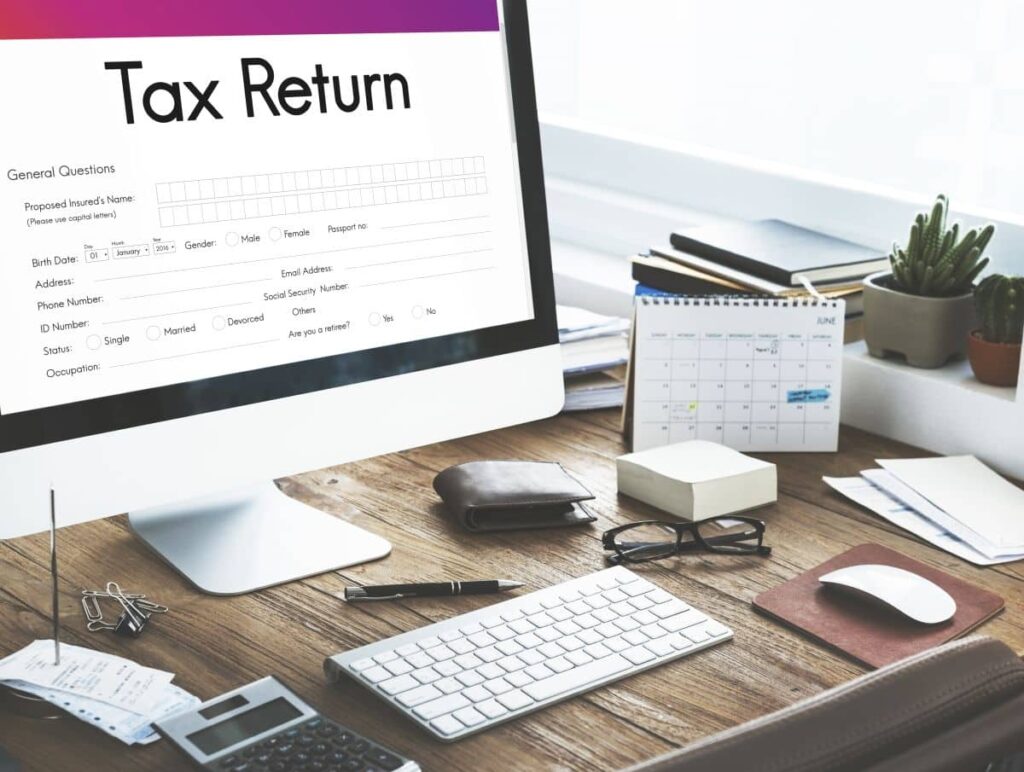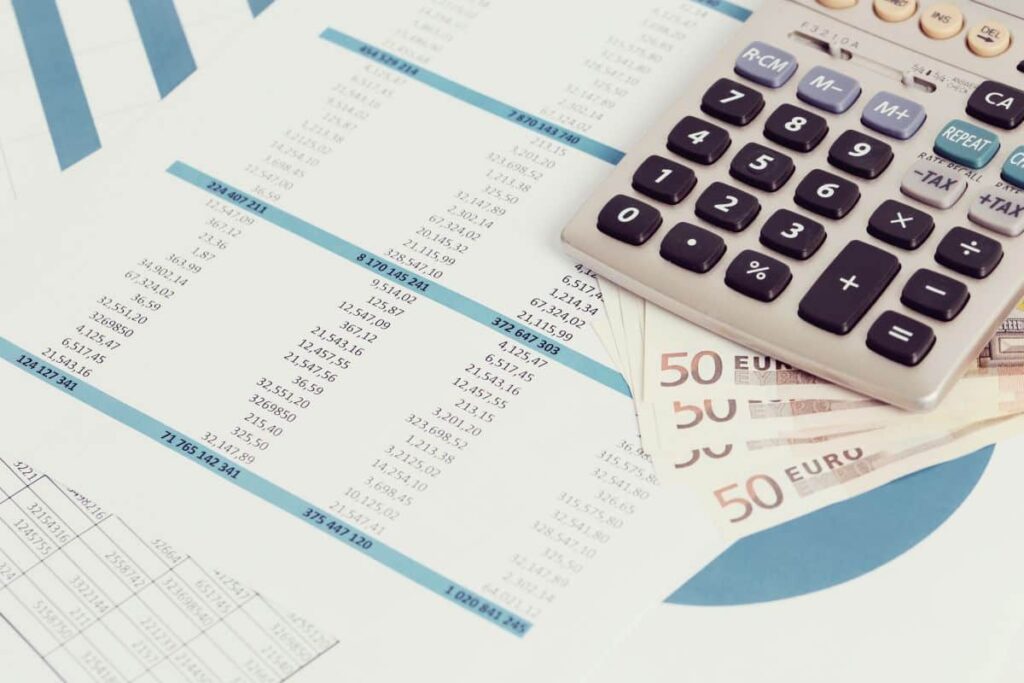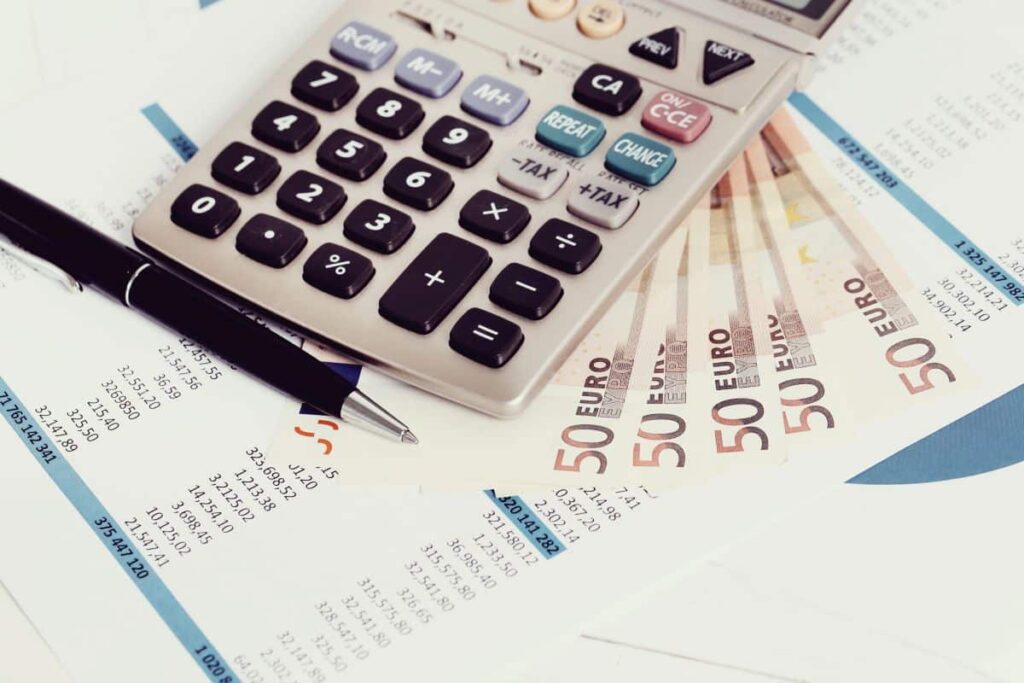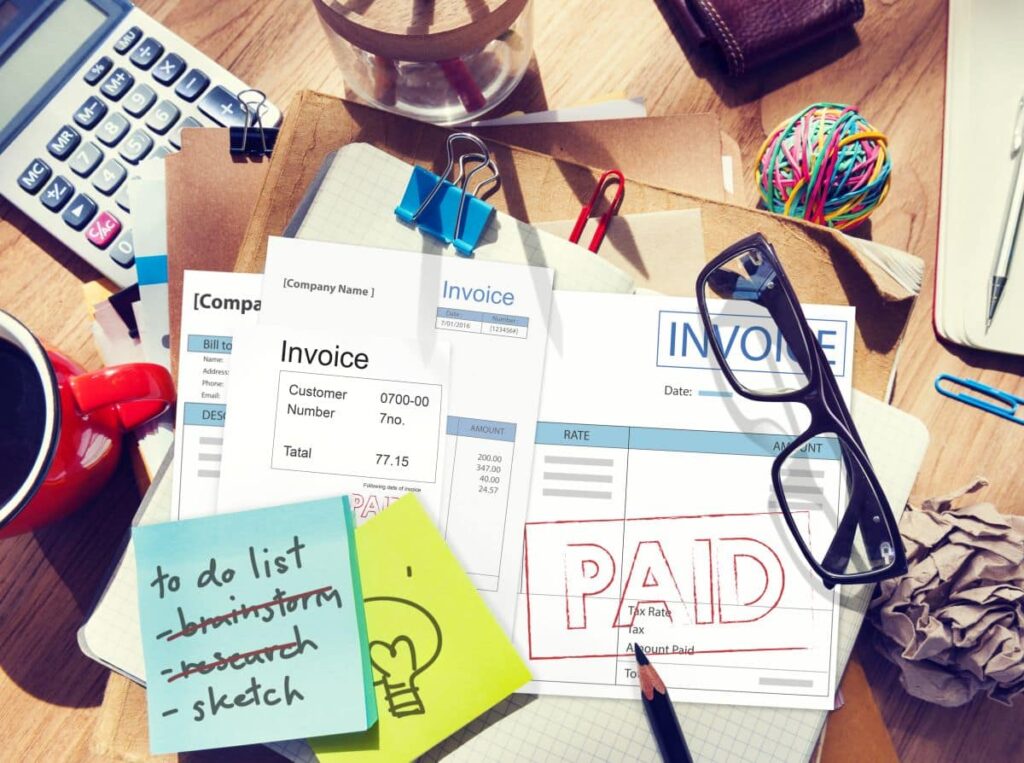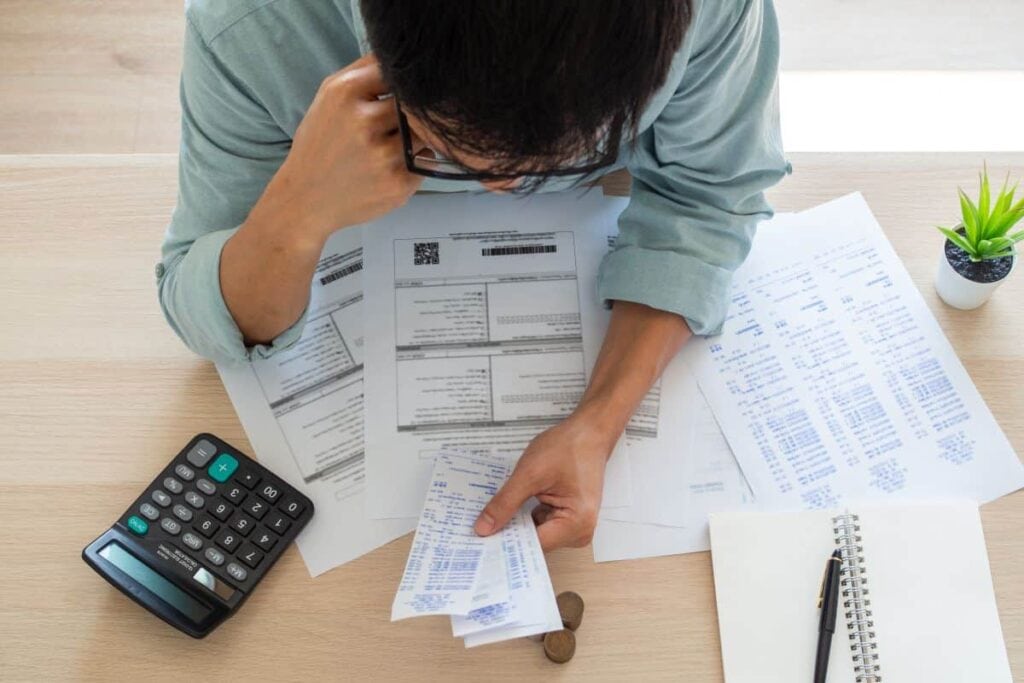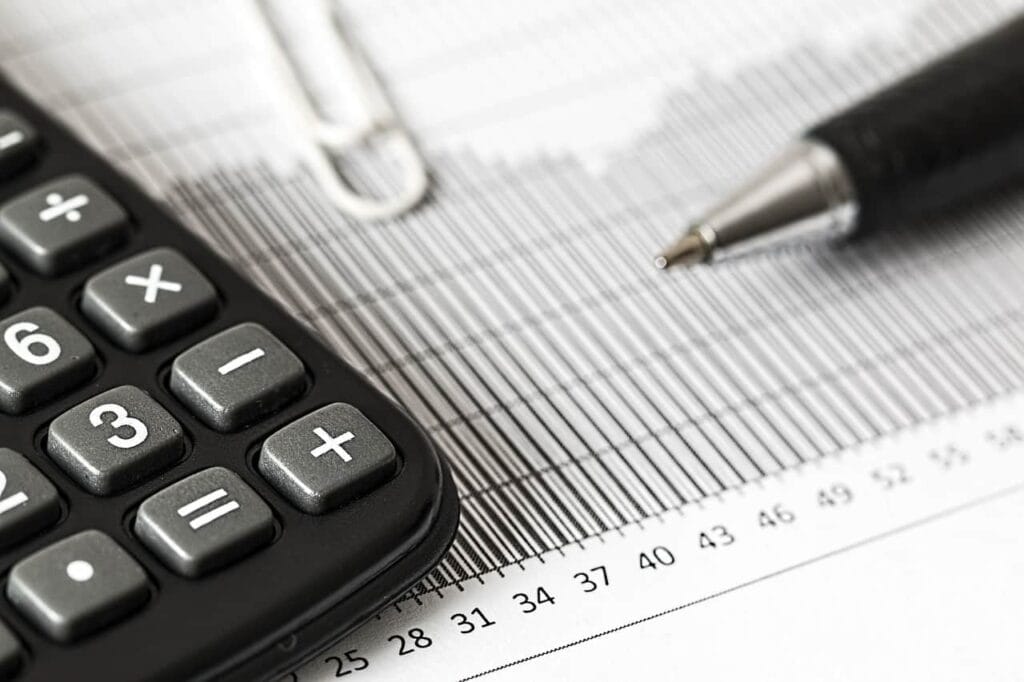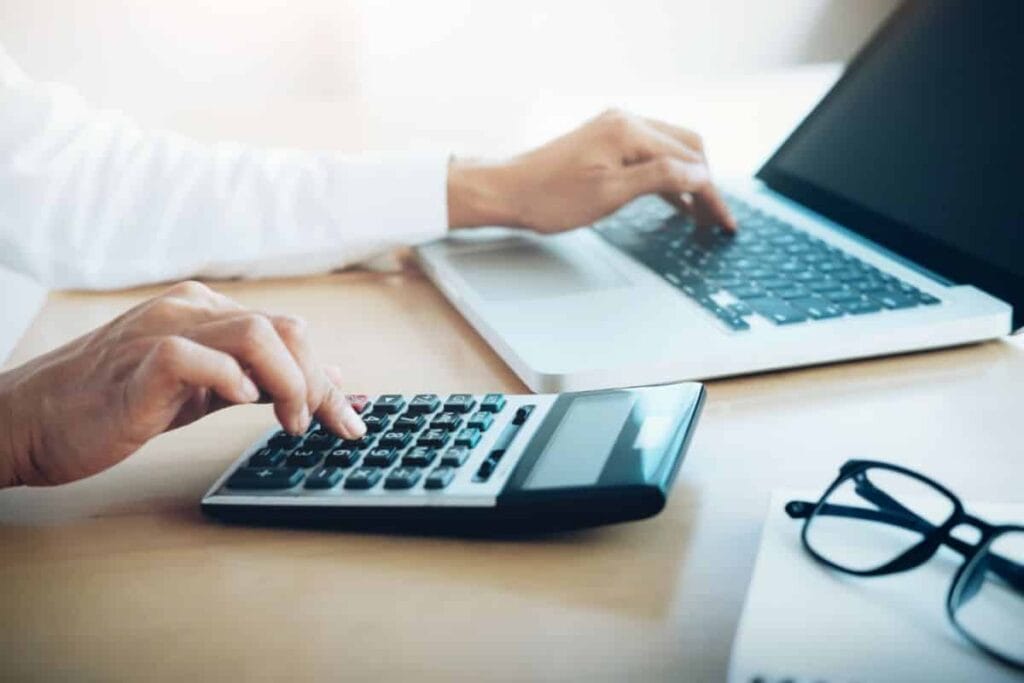Starting a small business of your own is an incredibly exciting experience – taking those first steps towards becoming an entrepreneur and setting yourself up for success can be both thrilling and daunting.
But it’s important not to overlook the less glamorous side of starting up: tax. From understanding how taxes are calculated to filing deadlines, getting a grip on small business tax basics is crucial if you want to ensure that everything is run smoothly throughout your entrepreneurial journey.
In this post, we’ll cover all the key things that you need to know when it comes to taxation in small businesses, giving you the information and guidance needed so that you don’t leave yourself out of pocket at any stage!
Let's get started!
What Is A Small Business?
When discussing taxes, a company is considered to be tiny if it has a yearly turnover of less than $10 million, with the exception of when discussing small business CGT exemptions, in which case the turnover criterion is simply $2 million.
The law says that turnover must be determined from the 'aggregated' numbers, which implies the annual turnover (gross revenue, less GST) of any 'related' or 'associated' company. This is done to prevent enterprises from dividing operations so that they can sneak in below the $10 million level and receive access to the different tax incentives.
The Requirements For Tax Registration Of Your Business
1. Tax File Number (TFN)
- Single proprietors are permitted to utilise their own individual TFN.
- TFNs are required to be kept separate for partnerships, companies, and trusts.
2. Australian Business Number (ABN)
- Utilised for a variety of business functions, including tax preparation
- Needed for submitting bills to customers for a business. All payments made to you will have tax deducted at the highest possible marginal rate if you do not submit an ABN.
3. Goods and Services Tax (GST) Registration
- If your annual revenue is or is expected to be more than $75,000, you are required to have this.
- As a component of your company, you offer taxi rides to customers in exchange for fares, no matter what amount of GST you generate.
4. Pay As You Go (PAYG) Withholding
- Essential if you run a business with employees.
- Needed in the event that you employ other people, like independent contractors, and voluntarily agree to deduct certain sums from their wages.
- Needed in the event that payments are made to companies that do not provide their ABN.
5. Fringe Benefits Tax (FBT)
- It is required to be paid by employers for benefits that are provided to employees (or associates of employees, such as family members) in place of compensation or wages.
- Only necessary if you intend to provide supplemental benefits to your workforce.
6. Payroll tax
- You are only required to pay payroll tax in Australia if your total wages in that country are greater than the amount that is considered to be tax-free in your region or state. The amount that is considered to be tax-free varies between the territories and states of Australia.
On the website for company taxation maintained by the Australian Taxation Office (ATO), you can check out the most recent updates to obtain further data of a more specific nature.
The Basics
It's never been more crucial to get the fundamentals right; maintaining accurate records, using the appropriate account codes, correctly accounting for private use, maintaining lodgments and payments current, and stating all cash transactions are crucial to assuring yourself, your tax assistant, and the ATO that your financial dealings are in order.
Be sure, when you are maintaining your records, that you:
- maintain a record of cash revenue, and cash expenditures
- accounting must be done for any personal expenditures as well as any use of corporate funds or property.
- record materials for your own personal use.
- separate private spending from business expenses
- when you are registered for GST, you are required to preserve acceptable tax invoices for creditable purchases.
- maintain complete and accurate stock records.
- maintain sufficient documents to provide evidence for claims involving motor vehicles.
Get in touch with the ATO to get any errors or mistakes corrected. If you make a voluntary disclosure, you can often anticipate a reduction in the administrative penalties and interest charges which might otherwise apply. This is because voluntary disclosures are seen to be more honest than those that are not.
Your tax advisor is obligated to prepare your return with reasonable care, which implies they might ask you in-depth queries about your cash flow, company performance, private use of assets, and records. But, again, this is because they are obligated to use appropriate precautions in doing so.
Keeping Records

You are required by the law to maintain written documentation for a period of five years beginning on the date that you submit your tax return.
The following are examples of papers that you should maintain:
- Payments that have been made to you
- Costs that are directly tied to the payments that you have received
- Purchase documentation for assets such as shares of stock or an investment property
- Specifics of any presents, financial contributions, or in-kind donations that can qualify for a tax deduction
- Employee and contractor documents, including copies of any contracts, payments, and superannuation contributions, as well as statements of TFN.
Do Not Mix Up The Firm's Funds With Your Own Funds
The so-called "deemed dividend" laws wind up being problematic for a great deal of small enterprises. According to the tax legislation, loans and advances made to shareholders of private companies or their associates are considered to be taxable and unfranked dividends for the shareholders of the private companies.
The purpose of these regulations is to prevent the earnings of private enterprises from being given to shareholders in the form of "loans" that are exempt from paying taxes.
Discover yourself in the position of having to borrow funds from an organisation in which you are a shareholder. You should make every effort to ensure that the cash is repaid before the firm's tax return deadline for the year. Issue a dividend and count the amount received as income if that can't be done; in such case, the dividend will be franked, assuming that's anything that can be done with it.
You might also sign into a loan arrangement that complies with the requirements, complete with a commercial interest and principal payments as well as a predetermined loan time.
It is important to be aware of the potential tax repercussions associated with the private utilisation of company assets for an amount that is less than their current market value since this can also fall under the purview of the regulations governing declared dividends. This is because the amount of the "deemed dividend" is calculated by deducting any money that was actually paid for the use of the assets from the "arm's length price", which would have been paid to utilise the assets under normal market conditions.
There is also the possibility of making what is known as an "in-specie" dividend, which refers to transferring an asset to a shareholder rather than paying a cash dividend. Again, the asset's current value will determine whether or not this course of action is cost-effective. Alternatively, suppose the shareholder has provided the business earlier with financial assistance in the form of a loan. In that case, the asset might be passed to the shareholder in exchange for the payback of that debt, subject to the assessment of the asset.
Use of Corporate Funds or Assets for Personal Purposes
There are regulations that must be followed in order to withdraw money from your company or use its funds or assets for personal or family expenses. The ATO has a particular interest in the private use of corporate funds or assets, and the agency warns that getting this area of the law wrong can have expensive repercussions.
The following are some common methods for extracting assets or cash from a business or trust:
- salary and wages
- fringe benefits
- director fees
- loans from the company
- trust distributions or company dividends
- allowances or reimbursements.
There is a wide range of tax duties that are associated with the assets or cash, and these vary based on how they are extracted or used. Therefore, we suggest that you get the guidance of an expert in order to guarantee that you are reporting accurately and keeping the necessary documents.
Trusts
By June 30 in the year 2022–2023, trustees of discretionary trusts are expected to have prepared and documented resolutions regarding the manner in which trust revenue shall be distributed to recipients for the upcoming fiscal year. If a fair resolution is not performed before June 30, it could result in severe tax repercussions, one of which is that the trustee might well be subject to taxation at a rate of 45%.
Trustees of discretionary trusts can distribute capital gains and franked dividends to a variety of recipients, but you should be aware that the regulations governing this practice are somewhat complicated.
There is a set of regulations that govern unpaid distributions that are owed by a trust to a recipient that is a linked private corporation, as well as situations in which a beneficiary's entitlement results from a reimbursement arrangement. The ATO published recent draught advice on reimbursement arrangements and unpaid current entitlements. We strongly suggest that you consult a specialist in order to gain a better understanding of how this impacts you.
Lodging And Paying Your Tax To The ATO
Every year, you are required to submit a tax return for your income. In addition to that, the majority of enterprises are required to file business activity statements. You can furthermore be required to submit certain other reports or returns.
It is essential to file and pay your taxes in a timely manner. Booking a room and making a payment online is the most time-efficient, hassle-free, and risk-free way to conduct business. The Australian Taxation Office, also known as the ATO, offers a variety of online services that taxpayers can use to file their returns and make tax payments.
To access most of these services without compromising your privacy, you will be required to use an authenticated login service such as AUSkey or Manage ABN Connections. You can utilise the myGov account that is connected to the ATO if you run your business on your own.
Tax Payable
1. Company tax rate
In the fiscal year 2022–2023, the majority of businesses that have an aggregated yearly turnover of less than $50 million will be subject to a tax rate of 25%. Nonetheless, businesses that get more than eighty per cent of their revenue from passive investments will keep being subjected to a thirty per cent tax rate.
Alterations to the franking regulations, which in turn influence the distribution of franking credits, have been made in tandem with the modifications that have been made to the corporate tax rates.
2. Losses
As the performance of an organisation shifts, the company may find itself in a position where it must report a taxable loss or look to utilise losses from a preceding year. Depending on the form of the company, a variety of different loss criteria apply.
When a trust suffers a loss, the loss cannot be passed on to the beneficiaries of the trust, while losses are shared proportionally among partners in a partnership. In addition, businesses are subject to regulations like those requiring the same type of majority ownership and control, the same kind of company, or a similar kind of company.
Loss carry-back tax offset claims might potentially be made by qualified businesses that have experienced a taxable loss. Due to the fact that it is a refundable tax offset, this might lead to a cash refund, a reduction in the amount of tax that is owed, or a reduction of a debt owed to the ATO. The ATO is going to check franking accounts to make certain that the offset is claimed in the appropriate manner.
On topics such as the loss tests, the loss carry-back tax offset, the impact of capital injections on continuity of ownership tests, and unrealised losses from changes in asset prices, we strongly advise that you seek the counsel of a certified person.
3. CGT concessions
In addition to the CGT concessions that are available to a wider audience, particular concessions in the following areas are accessible to smaller companies:
- exemption for 15 years
- 50 percent decline in actively held assets
- retirement exemption
- rollover
- restructure rollover.
You are allowed to claim as many tax breaks as you are qualified for up until the point where the net gain on the investment is zero. There are specific guidelines that dictate the order in which you must use the concessions, as well as any capital losses from the current or previous year, in order to qualify for the CGT discount.
Because the regulations are complicated and making a mistake can be expensive, we strongly suggest that you seek counsel before reorganising or getting rid of assets and ensure your company's structure is tailored to reap the benefits of any available concessions.
Trading Stock
The Tax Act has a set of streamlined trading stock regulations, according to which you are permitted to include the same stock value at year's end as you did at the beginning of the year if the worth of your trading stock hadn't fluctuated during the course of the tax year by more than $5,000.
Pre-Paid Expense
When a small firm makes specific pre-paid business expenses before the end of the fiscal year, the owner may be eligible for an instant tax deduction for the amount. In addition, you are eligible to make a claim for a deduction for the previous fiscal year for any payment that covered a cost that has carried over into the new fiscal year.
Examples of such expenses include insurance premiums, rent, and membership dues to a trade or professional group. Examine all of your payments that were made between July 1 and June 30 to see if any of them qualify.
GST
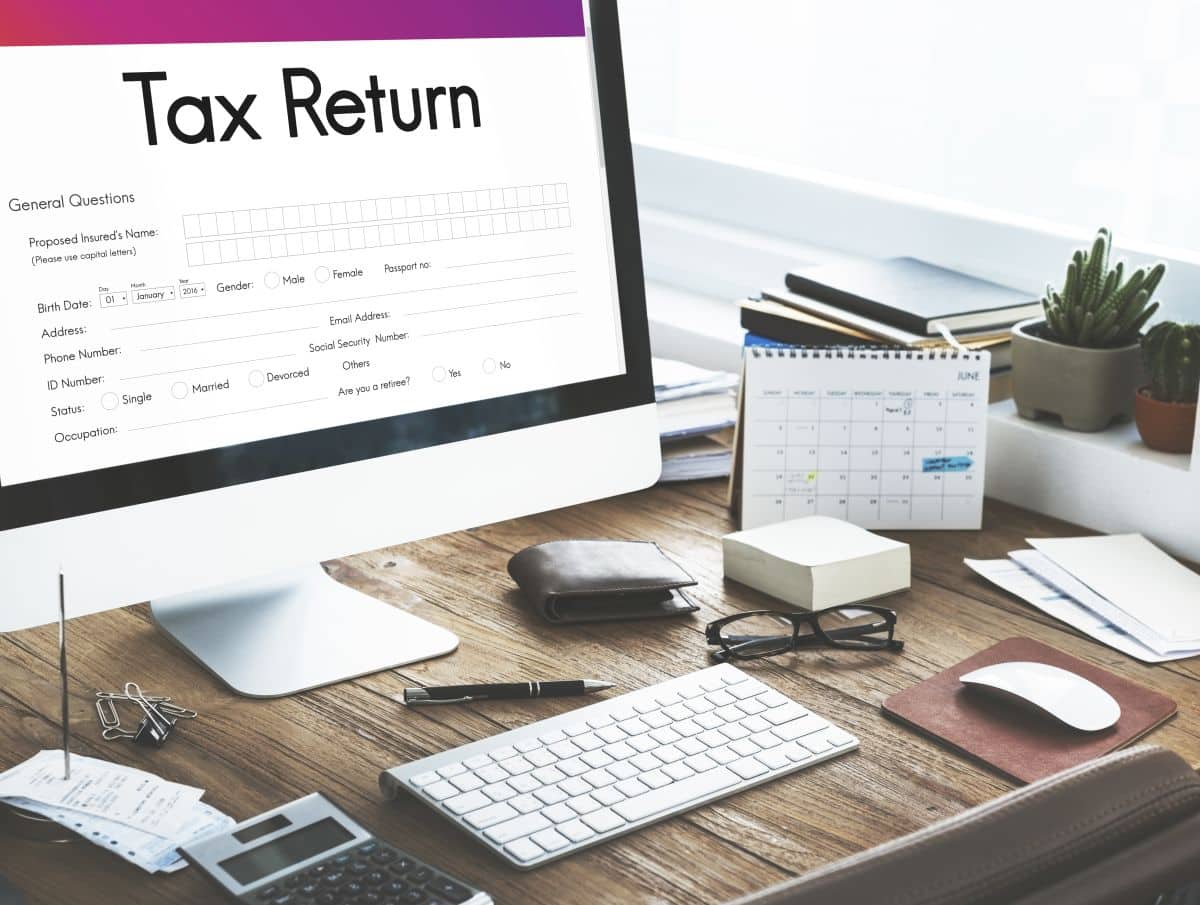
Taking care of your responsibilities with regard to the Goods and Services Tax (GST) can also be made easier thanks to the fact that qualifying firms are only needed to account for GST once they have received payment for it.
You also have the option to pay the GST in instalments, and the ATO will figure out the total amount of each instalment on its own. For example, suppose a small company chooses to use part of the things it purchases for its own personal use. In that case, it can claim the full GST credits and then make a single modification at the end of the tax year to account for the percentage of private use.
In addition, small firms can take advantage of pay-as-you-go tax instalments, which enable them to pay their taxes on a quarterly basis in accordance with a formula that is derived from their most recent tax return assessment.
You won't need to go through the trouble of performing calculations in "long form" because the income reported has been updated to reflect the most recent rise in gross domestic product. This will save you time.
Is There Such a Thing as an Immediate Asset Write-Off for Small Businesses?
In the past, deductions for capital assets like vehicles or machinery were determined by how much their value had dropped over the course of their ownership. Later, in the Federal Budget for 2015–16, the government presented a proposal for a programme known as the Immediate Asset Write-Off for small enterprises.
This made it possible for owners of small businesses to deduct the whole cost of qualifying assets, up to a maximum of $20,000. Due to the overwhelming response to the choice, the spending cap was eventually raised. However, it is probable that the government will keep the small company asset write-off in place because it not only encourages businesses to make investments but also fosters economic expansion.
When submitting your claim for the quick asset write-off for small businesses, you will need to check the amount that you are permitted to claim, the date by which the purchase must be made, and the date by which the equipment must be utilised or installed. If you finance the acquisition with a business loan rather than using personal funds, you could be capable of making use of the write-off as well.
Has The Tax Rate For Your Business Changed?
The tax rates are subject to vary, and it might be difficult to compute them accurately. Therefore, it might be wise to have a conversation about this matter with your accountant.
Is It Possible to File a Claim for Bad Debts And Business Loans?
There is a possibility that you will be able to claim as a tax deduction for your small company any fees or interest that are related to a business loan. You might additionally be eligible for a reimbursement for unpaid invoices if the existing debt was included in your assessable income in the current or prior financial year and you wrote them off before the deadline on June 30.
Are You Eligible For A Tax Credit Or Deduction For Your Small Business?
Certain small firms have been able to reduce the amount of tax they owe by as much as $1,000 annually due to the small business tax offset, also referred to as the unincorporated small business tax reduction. Those who are self-employed or have a portion of the net income from a small company generated by a partnership or trust are eligible for this. You may discover additional details on the small business income tax offset on the website of the ATO, which will open in a new window.
Additional Reductions in Taxes That Apply To Small Companies
As the proprietor of a small company, you can be eligible for various tax reductions, including those connected to income tax, capital gains tax, GST, PAYG, and fringe benefits tax.
The most recent tax info is always available on the ATO website, which can be accessed through a new tab or window. It is of the utmost importance that you address your unique circumstances with a trained practitioner to avoid losing out on potential cost savings or claiming deductions for things you are not qualified to receive.
Frequently Asked Questions
- The money must have been spent by you and not have been reimbursed by your employer;
- The expense must directly relate to earning of income; and.
- You must be able to prove the expense by having a record such as a receipt.
Records are written evidence of your income or expenses, these can be either paper or electronic. You need to keep records that support the claims you make in your tax return. For most expenses you need a receipt or similar document from the supplier.


